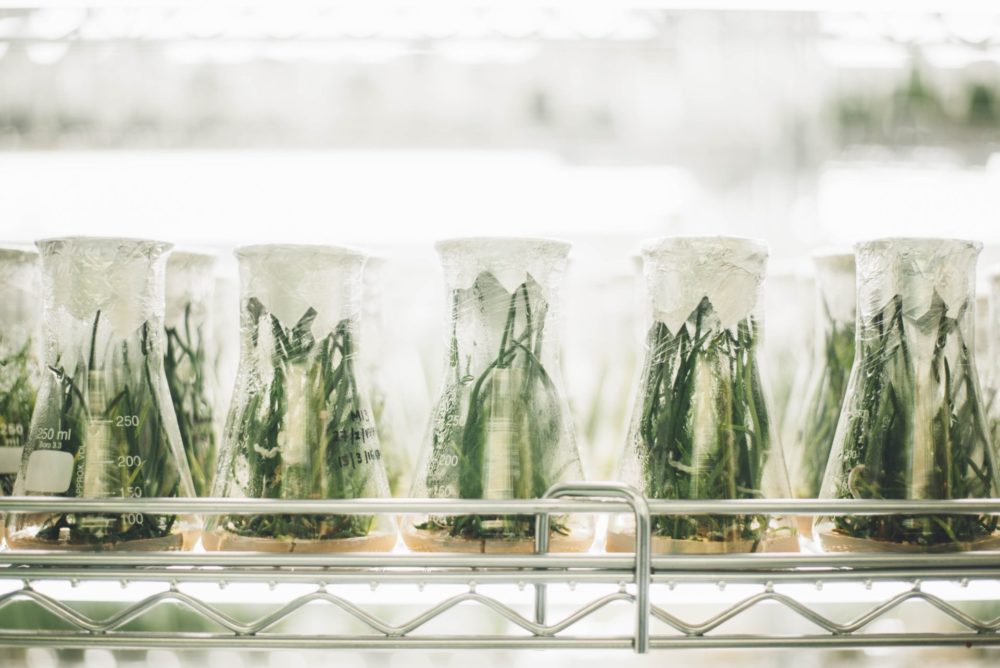A new working paper from Oakland, California-based environmental think tank The Breakthrough Institute (BTI) argues that US government, univerisites, and other public sector bodies should significantly increase their investments in agriculture-related R&D over the next decade in order to effectively tackle climate change.
“While a growing share of agricultural R&D is conducted by agribusiness and startups, this research focuses on shorter-term, lower-risk R&D and is no substitute for public sector initiatives,” BTI states.
The paper concludes that doubling agricultural R&D investment from FY 2020 figures by 2030 could ultimately reduce greenhouse gas emissions by over 100 million tons — or one-sixth of agriculture’s current total emissions — and reduce global food prices by 8%.
To reach this ambitious growth rate in R&D spending — roughly 7% annually — public investment is essential, the BTI argues.
The key benefits of ramping up R&D include reducing emissions created by land-sue changes or by farm inputs like fertilizers, as well as advances in crop breeding and improvements in farm equipment, the report suggests.
“Since the US is a major global food producer, these benefits will spill over,” the report says.
“Productivity gains give the US a larger share of global food production by increasing farmers’ international competitiveness. This reduces global environmental impacts since US farming is typically more resource-efficient than farming elsewhere.”
Agrifoodtech startups are hard at work tackling a variety of climate-related innovations, but more public funding would expedite key discoveries around reducing agriculture’s greenhouse gas emissions, according to the report.
This includes R&D conducted at universities and government institutions. Boosting funding for these efforts would be a natural progression of existing public-led efforts like university extension offices.
The paper concludes that increasing public investment in ag-related R&D should be a preferred option over two other commonly suggested measures: preventing expansion of farmland, and taxation on farm inputs. These proposals “risk increasing food prices and thus food insecurity,” the researchers claim.
They also note that the US is behind the curve on pouring public funding into food-related R&D, with its investment having “stagnated” in recent years. They highlight the fact that China surpassed the US in terms of dollars allocated to publicly-funded agricultural R&D efforts in 2008, and has remained ahead of it every year since. The report flags this as a potential downstream problem when it comes to remaining competitive in the global market.
A few academic institutions in the US have been working to increase their support for agrifoodtech innovation. In 2015, Indiana’s Purdue University launched a $2 million ‘Ag-celerator’ program and investment fund to help startups launch from the research labs on its campus, while land grant school Iowa State University views itself as one of the academic sector’s leaders in agricultural innovation.
The new White House administration may give some hope for increased support for agricultural R&D. President Joe Biden has already unveiled a new climate-focused plan showing support for using agriculture as a way to offset carbon emissions.




